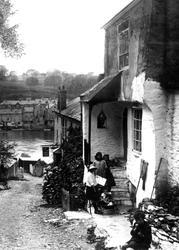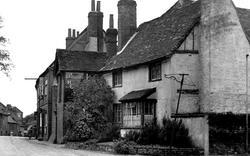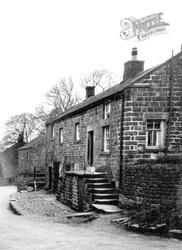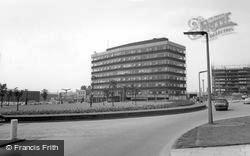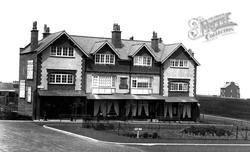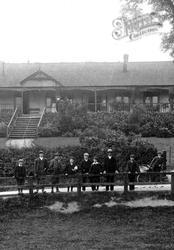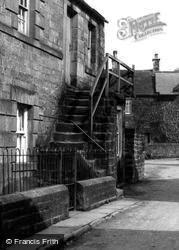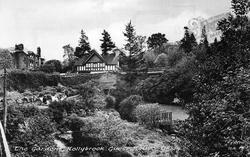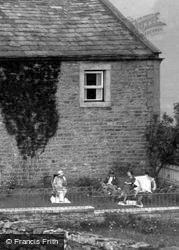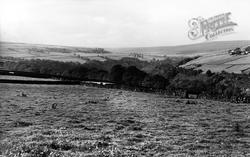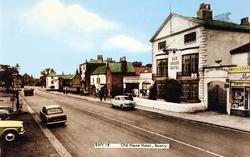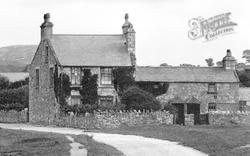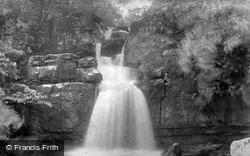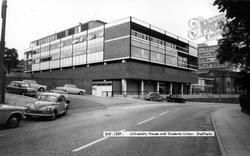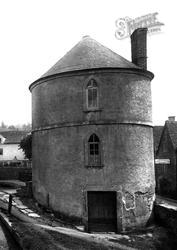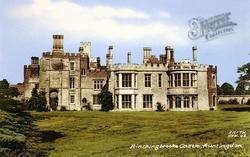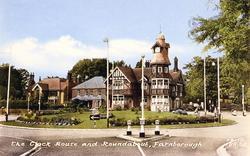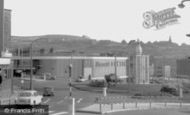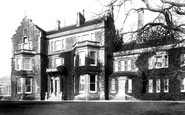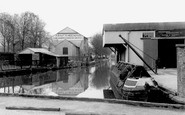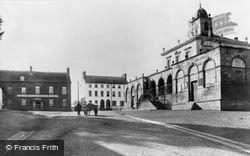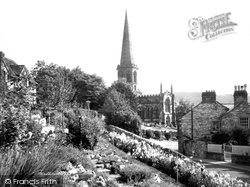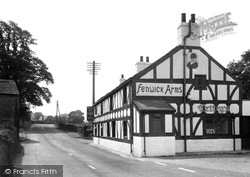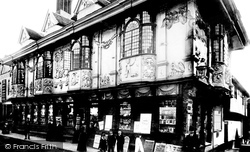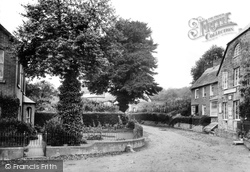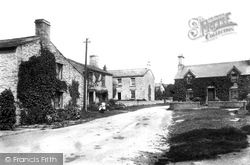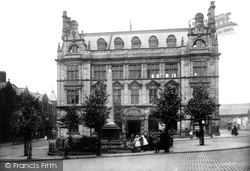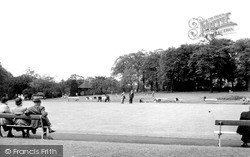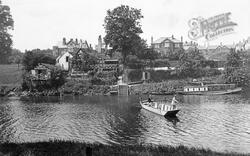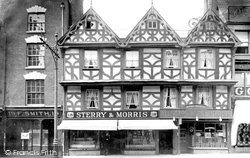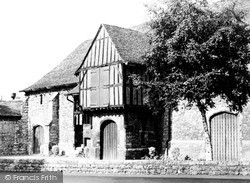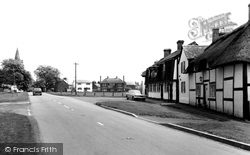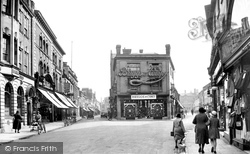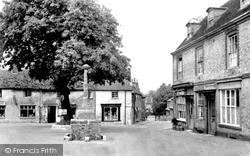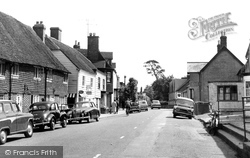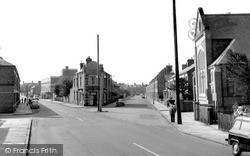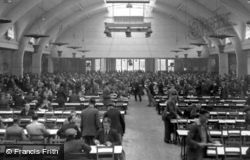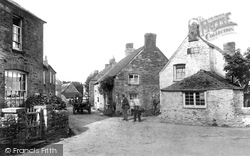Places
36 places found.
Those places high-lighted have photos. All locations may have maps, books and memories.
- Chatsworth House, Derbyshire
- Osborne House, Isle of Wight
- Brambletye House, Sussex
- Ickworth House, Suffolk
- Kingston Lacy House, Dorset
- Boscobel House, Shropshire
- Preshute House, Wiltshire
- Bolton Houses, Lancashire
- Brick Houses, Yorkshire
- Quaking Houses, Durham
- Water Houses, Yorkshire
- Bottom House, Staffordshire
- New House, Kent
- Mite Houses, Cumbria
- Lyneham House, Devon
- Church Houses, Yorkshire
- Dye House, Northumberland
- Spittal Houses, Yorkshire
- Street Houses, Yorkshire
- Tow House, Northumberland
- Halfway House, Shropshire
- Halfway Houses, Kent
- High Houses, Essex
- Flush House, Yorkshire
- White House, Suffolk
- Wood House, Lancashire
- Bank Houses, Lancashire
- Lower House, Cheshire
- Marsh Houses, Lancashire
- Chapel House, Lancashire
- Close House, Durham
- Guard House, Yorkshire
- Hundle Houses, Lincolnshire
- Hundred House, Powys
- Thorley Houses, Hertfordshire
- School House, Dorset
Photos
7,776 photos found. Showing results 1,321 to 1,340.
Maps
370 maps found.
Books
1 books found. Showing results 1,585 to 1.
Memories
10,360 memories found. Showing results 661 to 670.
Pellon Lane Area In The 1950s
I used to live just off Commercial Road on Gibson Street in the 1950s. The houses were very basic with a living room, a bedroom, attic and cellar. We shared a toilet with another family which was at the end of the ...Read more
A memory of Halifax by
Luther Paxton Plumber
The building jutting out into Castle Hill on the left upper of this picture is no. 17 and was my Great Uncle Luther Paxton's plumbers shop. The shop was on the ground floor and he and his wife, Amy lived on the upper two ...Read more
A memory of Richmond in 1948 by
Welsh Girl From Six Bells
Born in Abergavenny in Dec/ 1951. Brought home to my Nanna's house who we lived with in 1 Lancaster Street where my family lived. Dad worked down the six bells pit at the time, and I have fond memories while I was ...Read more
A memory of Six Bells in 1958 by
Carrog Memory, As A Ww2 Evacuee.
I first visited Carrog in 1939 as an evacuee, at the start of World War 2. I was accompanied by my two sisters, having travelled by train from Birkenhead on the Wirral. All the evacuees were escorted to the Church ...Read more
A memory of Carrog in 1940 by
Hanmer Family
My grandmother, Sarah Jane Hanmer, was born a twin in Eyton in 1910, her mother, also Sarah Jane Hanmer, is buried there. They were a large family, and my great-grandfather was a farmer. All the children ...Read more
A memory of Eyton in 1910 by
Castle Hill House
This is Castle Hill House bought that year by Augustus Brandt of William Brandt's and Sons bank, my Great Grandfather. Mostly now demolished, and the rest converted into flats.
A memory of Bletchingley in 1910 by
Valence Park
During the 1940's my Mother worked as a part time Park Keeper at Valence Park, I and my older sister spent many hours in the park, it was the safest place to be during an air raid, I remember the doodle bug hitting the houses in ...Read more
A memory of Dagenham in 1944 by
Growing Up In The War Years In Prees & Whitchurch
Although I was born in Whitchurch [Bark Hill], we moved to Prees soon after. However, I was sent to stay with my grandmother most weekends and for a period I was sent to the Wesleyan school. My ...Read more
A memory of Whitchurch in 1940 by
Bombing Of Morland Avenue
Written by my mother when she was 70. She lived in Swaisland Road I think one of the things you would have noticed was the number of barrage balloons all around, high in the sky. The first sound of guns which we heard ...Read more
A memory of Dartford in 1945
Old House On Harbour Road
The house on Harbour Road was where I lived with my parents and sister for approx two years. We lived in one room in the gable end, then we were moved to the other end which was three rooms in a row. We lived there till ...Read more
A memory of Kinghorn in 1941 by
Your search returned a large number of results. Please try to refine your search further.
Captions
6,977 captions found. Showing results 1,585 to 1,608.
Originally built in 1760 as a market house, the courthouse, which stands in the centre of the square, was enlarged in 1810.
This view of the church is taken from South Church Street, probably within the garden of what is now the house 'Braeside'.
Alongside this inn was an old stone house dated 1705, which became the Parish Room in 1955.
When this photograph was taken, the richly pargetted Ancient House, which dates back to medieval times, was occupied by Fred Pawsey, selling books and stationery.
From this view of the crossroads, one can see The Redes on the left, and on the right, Japonica Cottage, which housed Netherbury Post Office.
Here we see North's House (centre), and Polly Miller's (left) - both named after fondly remembered former
The first post office was in the Shambles in Lancaster Road – it was simply a small room connected with a dwelling house, and quickly proved inadequate.
The thatched roof and plastered walls of the Chantry House typify the construction of the houses and cottages in Ashwell. Even the barn (left, behind the delivery van) is thatched.
Today most of this area is covered by housing, part of the expansion of the town since the mid 1970s. On the left is Tuns Passage.
From the bowling green we can just see the High School and the houses on Fence Avenue through the trees on the right.
Some still exist, but many houses have been replaced by new buildings.
Here the ferryman is carrying guests from the Boat House Inn across the river.
The Golden Anchor was still to be found next to Raikes' house in 1912; however, Henry Playfair was yet to take up residence at Number 19.
The building now houses the famous Tyrwhitt-Drake Museum of Carriages.
Houses from different eras mix well around the greens. Adjoining the village today, a huge distribution centre is developing on the former air crew training base.
In the 19th century the court housed a brewery, a malt-house store and a factory producing Windsor chairs.
In 1794 a very large barracks was built just north of the village; it was used to house militia during the Napoleonic Wars. After the First World War, the barracks were closed and demolished.
The Clergy House, a 14th-century timber-framed and thatched hall house, is in the care of the National Trust and is open to visitors.
Nearby stands Batemans, a 17th-century iron-master's house, the home of Rudyard Kipling for many years. Several fine period dwellings survive in the village.
These red brick terraces were built to house the employees of hosiery and shoe manufacturers at the turn of the century.
This building also housed management dining facilities, the Social Club, and private meeting rooms.
A lone farm wagon trundles between the houses in a village built of local slate. Only some chimneys and window surrounds are finished in brick.
The imposing house over the entrance was home to the tunnel keeper. In the 1920s Harry Webb was the occupant; with three colleagues, he carved a new pulpit for Welton church.
The last house in the terrace was the master shipbuilder's house, now a pub. On the opposite side of the cottages is another almost identical row.
Places (80)
Photos (7776)
Memories (10360)
Books (1)
Maps (370)


